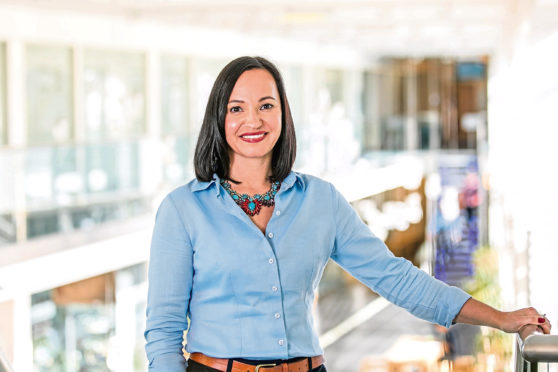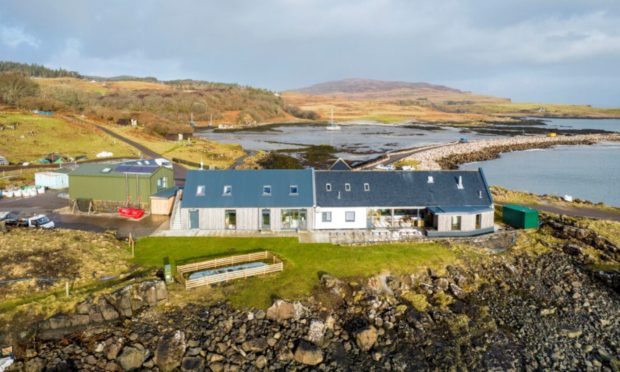Aviation giant Boeing has invested a six-figure sum in a Highland firm’s innovative in-flight technology.
The Chicago-headquartered aircraft manufacturer also accepted Inverness-based Mime Technologies on to its ATI Boeing Accelerator, a programme that aims to help shape the future of sustainable aerospace.
Mime is one of only 10 firms globally to be invited to join the scheme. In addition, the firm has secured an undisclosed investment from economic development quango Scottish Enterprise (SE) as part of the Boeing Scotland Alliance.
SE and Boeing launched their alliance last year, aiming to create 200 jobs and double the US firm’s supply chain in Scotland.
It is just over a year since Mime, which was spun out of Aberdeen University and then relocated, unveiled a smart device expected to revolutionise how medical incidents are managed in the air.
Mime said it could benefit the many thousands of travellers who fall ill on flights annually, potentially saving lives.
Called Aiber, the technology provides fast and accurate support to cabin crew, pilots and clinicians on the ground.
While some airlines can call on ground-based clinical support, this is not mandatory for all flights. Communications can also be difficult, with crew needing to leave the patient’s side to use the on-board phone or unreliable headphone technology.
Aiber is said to be the first technology capable of “live” streaming a wide range of data to the ground, allowing real-time digital communication between the crew, the passenger and clinical support.
Mime co-founder and chief executive Anne Roberts said: “Turning a plane around is complex and expensive, costing anything from £20,000 to more than £250,000 per flight.
“Medical emergencies can be stressful for the crew, and often there is little casualty data to support an informed in-flight decision.”
Welcoming Boeing and SE’s support, Ms Roberts added: “The funding, coupled with the professional input of industry leading strategists and technical experts, will enhance our ability to transact with the aviation market and is a perfect example of how the aviation industry can support new ways to safeguard all passengers.
“It has never been more important for the aviation industry to provide clear guidance and reassurance that every effort is being made to prioritise the health of passengers and employees.
“As we roll out the product across the globe, commercial airlines and private jets can use our technology to do just that.”
Sir Martin Donnelly, president of Boeing Europe and managing director of Boeing in the UK and Ireland, said: “The ATI Boeing Accelerator has introduced us to hundreds of tremendous start-ups throughout the UK and beyond, each bringing a unique perspective and value to aviation and manufacturing.
“That understanding deepens with our investment in the companies selected for the programme, and we are delighted to continue our connection even further with Mime through the Boeing Scotland Alliance with Scottish Enterprise.”
SE interim chief executive Linda Hanna added: “It’s fantastic to see this latest development unfold as a result of our Boeing Scotland Alliance.”










